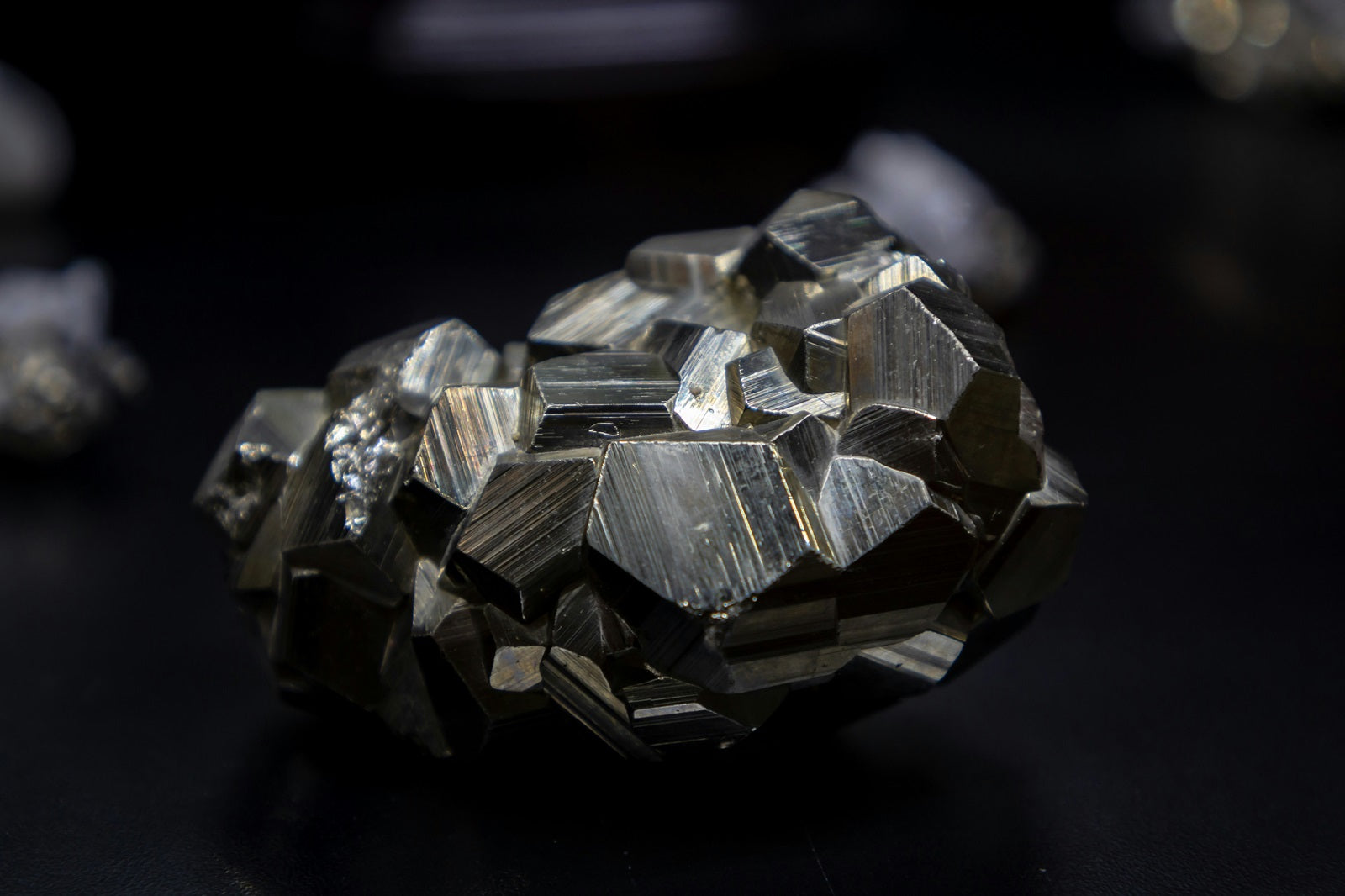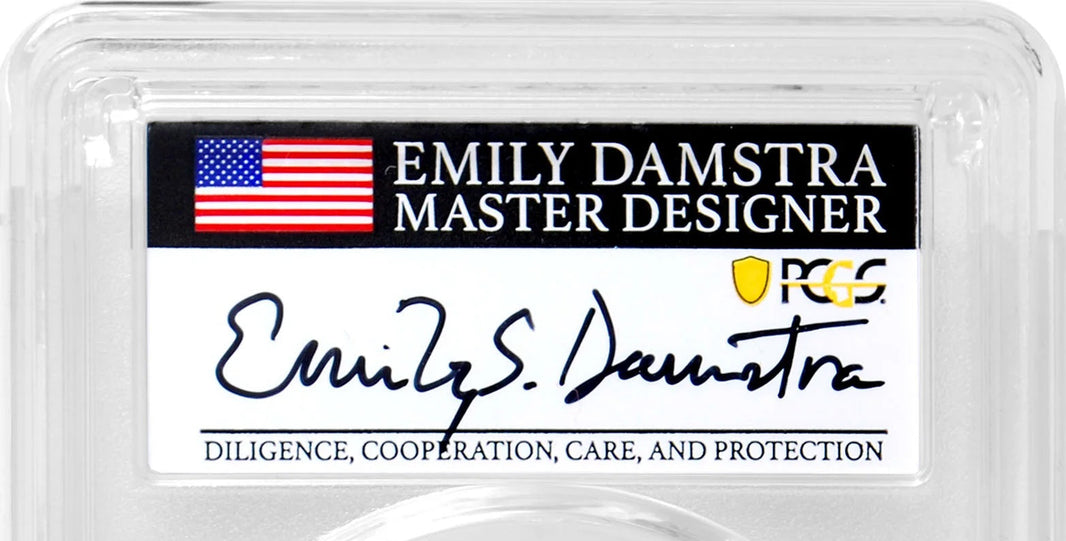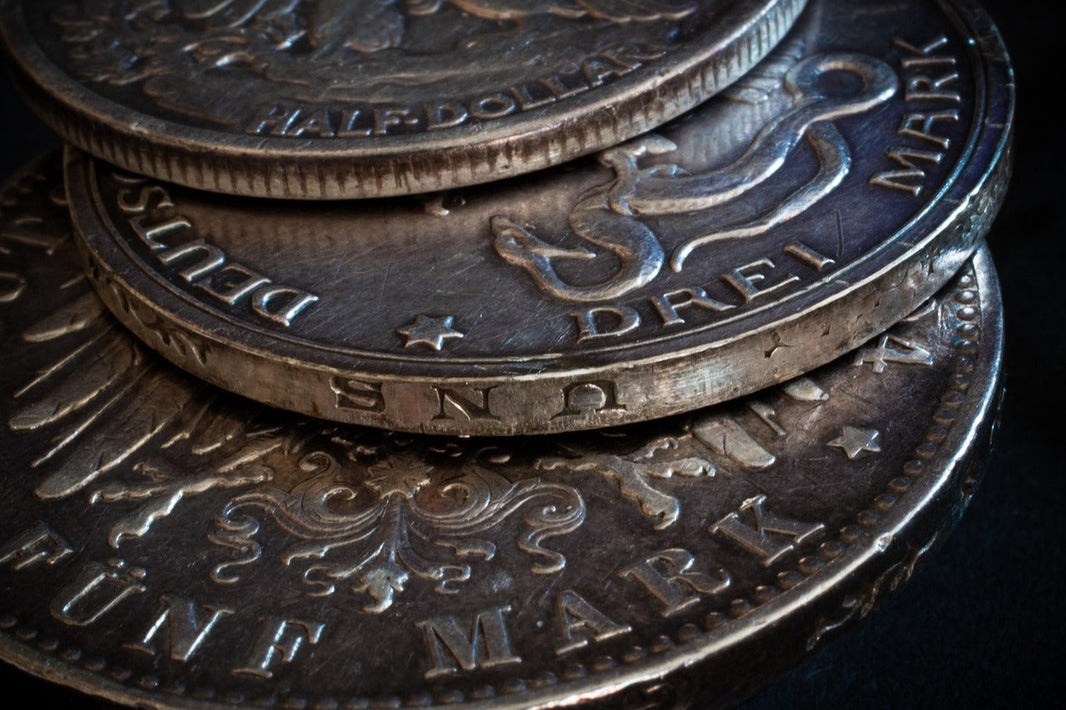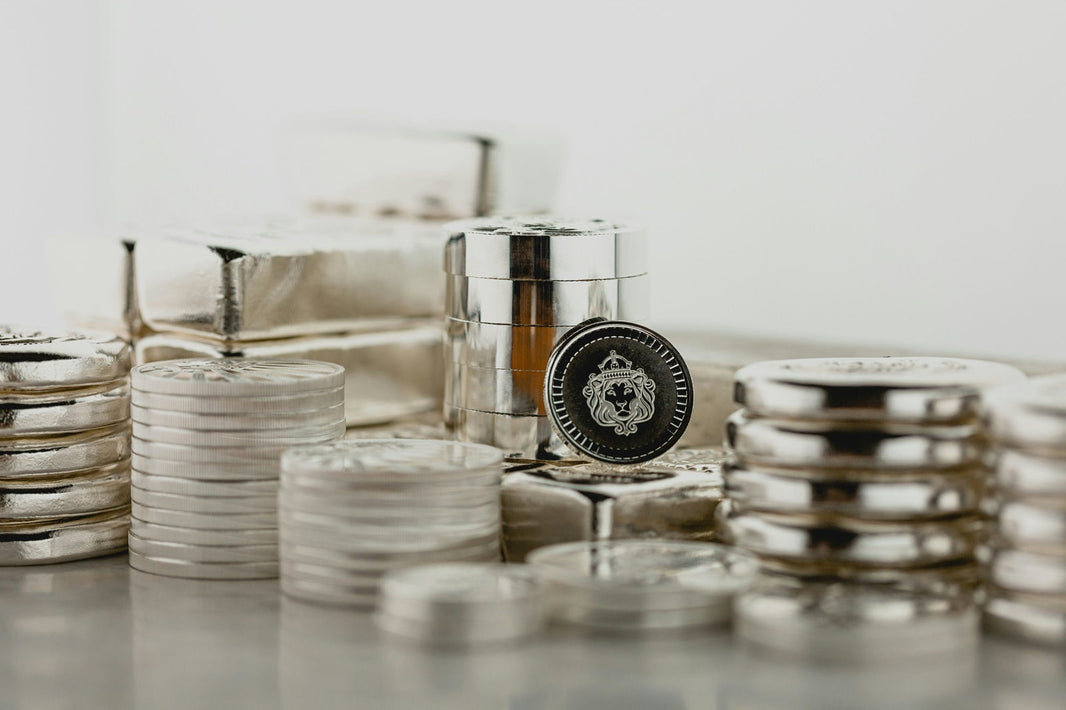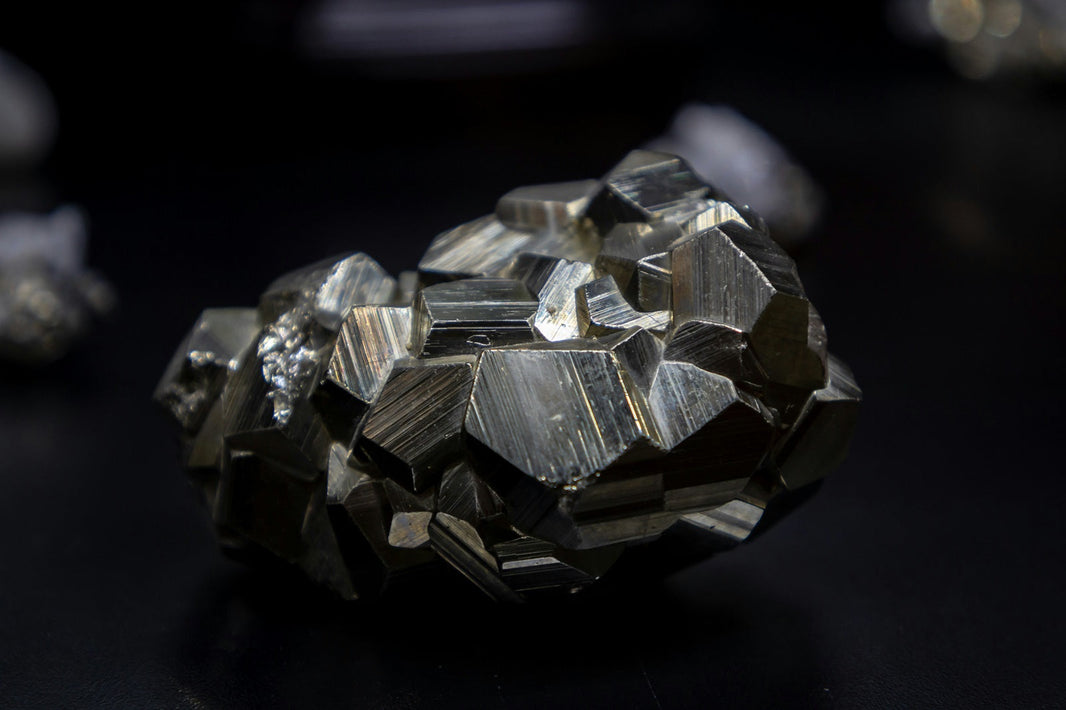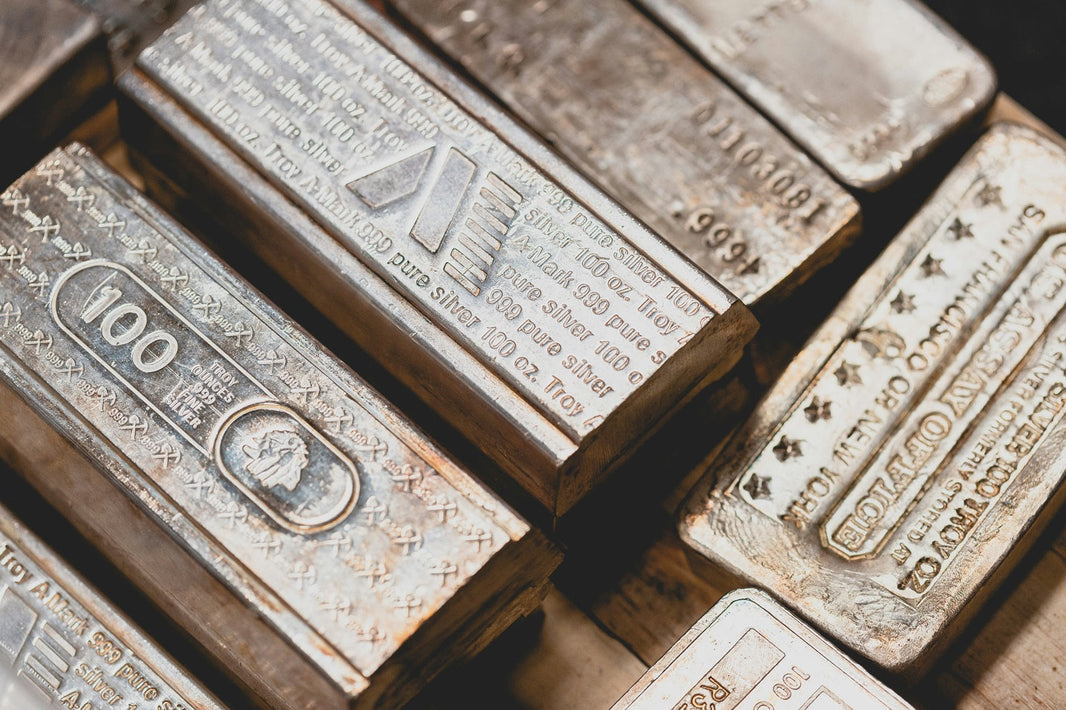Most people automatically assume that gold is the highest-priced metal in the world – but surprisingly, it’s not. In fact, another precious metal takes the top spot as the most expensive in the world. Of course, the market price and value of precious metals frequently change due to factors like their rarity, physical properties, applications, demand, and the economy.
So what is the most valuable precious metal in the world? Read on as the investment experts from WestminsterMint answer that question and more regarding the most expensive precious metals in the world.
What Metal Is the Most Precious on Earth?
The world’s most expensive and precious metal is rhodium, a chemical element. This corrosion-resistant metal is silver-white in color and highly reflective. It’s also the rarest and most valuable metal that occurs naturally on the planet. Rhodium falls into two categories:
- Platinum Group Metals: Rhodium is generally non-toxic, has a high melting point (3,567° F), and resists wear.
- Noble Metals: This rare metal also resists corrosion and oxidation, rarely reacts to oxygen, and is an excellent catalyst.
Rhodium is also the rarest metal in the platinum group and occurs in the Earth’s crust at around one part per 200 million.
At the time of publication, the price of rhodium was $5,700 per troy oz, making it the most expensive of all metals.

Other Information About Rhodium
The primary application of rhodium is in the automotive industry for catalytic converters, as it reduces toxic gas emissions.
However, rhodium is prevalent in the chemical industry as a catalyst and as a coating in the optics industry. Manufacturers also use this noble metal as an electrical contact, an alloying agent, and in neutron detectors.
Here are the top suppliers of rhodium:
- South Africa (circa 80%)
- Russia
- North America
- Zimbabwe
In addition, Canada and South America produce rhodium as a part of nickel refining.
Other Precious Metals That Are Rare and Expensive

Rhodium claims the top spot among the most expensive metals in the world. However, a few other valuable metals come in a close second:
Palladium 🪨
Another member of the platinum group is palladium, one of the most expensive precious metals in the world. This chemical element is silvery-white in color, corrosion-resistant, and easily shapeable due to its low density. It has a low melting point of 2,831° F.
Palladium also competes against rhodium within the automotive industry, where it’s present in catalytic converters for diesel vehicles.
At the time of publication, palladium was trading at about $960 per troy oz.
Other uses for palladium (beyond precious metal investing) include jewelry, dental fillings, and ceramic capacitors in the electronics industry. It can also hold up to 900 times its own volume in hydrogen and has many industrial applications.
The top producers of palladium in 2024 were:
- Russia
- South Africa
- Canada
- United States
- Zimbabwe
Gold 🟡
Is it any surprise that gold is one of the most expensive metals? For years, gold has been one of the most well-known precious metals for investing (i.e., direct purchases, ETFs, gold IRAs, etc.).
While it’s not the number one most expensive precious metal, it’s undoubtedly beautiful and in high demand worldwide.
Gold is quite malleable, although it’s not the softest metal (that’s Indium, a post-transition metal). For example, you could flatten a single ounce of gold to cover over 96.9 square feet of space.
Gold also has superior durability and connectivity properties and has applications in jewelry, investing, and as an electronics component.
Currently, gold trades at $3,057.50 per troy oz, making it one of the most valuable metals on our list.
South Africa was the dominant gold producer until the 1970s, but now it’s China. Annual global production in 2024 was about 3,300 metric tons, and the largest gold producers include:
- China
- Australia
- Russia
- United States
Silver ⚪
Another valuable precious metal is silver, which has a similar history to gold in terms of its uses for jewelry and currency. Many investors enjoy the low-risk investment that silver provides for both direct purchases and silver IRAs.
While historically, governments used silver for minting bullion coins, it’s in high demand now in many industries because of its exceptional electrical and thermal conductivity.
While gold and silver prices often fluctuate, silver prices stay slightly lower than the standard gold price movements. The reason is that silver is widely available in its purest form in the Earth’s crust, usually keeping its value lower than gold prices. At the time of publication, silver was trading for $34.65 per troy oz.
Silver has a diverse range of uses and is invaluable for applications like:
- Solar panels
- Batteries
- Photography
- Circuitry
Most of the world’s silver (about 40,000 tons annually) comes from these countries:
- Peru
- China
- Mexico
- United States
- Russia
Platinum 🔘
Shiny, white platinum is another of the rarest and most expensive metals. It’s also just as popular as gold and silver for investing. However, platinum ore is so rare in the Earth’s crust that it often trades for prices higher than those of gold.
The first discovery of this rare metal was in 1750 in South America, where Charles Wood found platinum deposits. It has similar chemical properties to two of its siblings in the platinum group, palladium and rhodium. In addition, this rare earth element is in demand for its use in catalytic converters.
Platinum has many desirable properties: it’s soft, malleable, and dense, and has excellent conductivity for heat and electricity, as its melting point is 3,223 °F. Its applications are numerous, but it’s often used in jewelry to make a white gold alloy.
At the time of publication, platinum sold for $971 per troy oz.
The largest producers of platinum ores include:
- South Africa
- Russia
- Zimbabwe
- Canada
- United States
Iridium 🔲
The most corrosion-resistant metal and one of the rarest metals on Earth (annual production barely tops three tons) is iridium. It comes from platinum ore, meteorites, and as a nickel mining byproduct.
Iridium is also one of the densest metals (Osmium is the number one densest naturally occurring element) and has a very high melting point of 4,435° F.
This rare Earth metal has numerous applications within the automotive industry. However, it’s also present in items like compasses and watches, and manufacturers commonly use it to create a platinum alloy.
Iridium is one of the most expensive metals, and at the time of publication, it was trading for $4,250 per troy oz.
The top countries producing iridium include:
- South Africa
- Zimbabwe
- Canada
- Russia
Rhenium ⬜
Rhenium is another of the most valuable metals, and it’s one of the rarest metals, too. Only a few types of metal ore contain rhenium as a byproduct (specifically, from copper mining), and it has the third-highest melting point of any precious metal.
With its remarkable thermal resistance, rhenium is one of the most valuable elements for the aerospace industry and high-temperature superalloys. It’s also a stable element that doesn’t react easily to substances like oxygen.
At the time of publication, rhenium sold for $2,538.60 per kg.
The biggest producers of rhenium include:
- Chile
- United States
- Peru
- Poland
Why Aren’t Diamonds Among the Most Valuable Precious Metals in the World?

Wait – isn’t a diamond one of the most expensive precious metals in the world?
Well, technically, diamonds are gemstones, not metal.
While there are more than a few mines for diamonds, Africa’s extremely dangerous political climate makes the supply chain unpredictable. And remember, while diamonds are expensive and precious, they aren’t made of metal.
The Most Expensive Artificial Metal
The most expensive precious metal with an artificial source is californium, which costs a staggering $765 million per ounce. Every year, the United States and Russia produce just over one ounce of californium. It’s a hazardous substance yet integral to power generation and nuclear physics.
What Factors Influence the Value of Precious Metals?
Several factors can influence the value of precious metals, including:
- Economic health
- Supply and demand
- Supply chain disruptions
- Political unrest
- Rarity
- Cost of transport and storage
- The uncertainty of fiat money
- Changes in consumption of metals
- Trade restrictions
- Inflation
- Technological developments
Will Rhodium Lose Its Top Spot in the Future as the Most Expensive Metal?

Rhodium is the rarest and most valuable precious metal in the world, but will it stay that way? Rhodium is a byproduct of platinum, and the South African mines producing platinum have unintentionally created an oversupply, which has resulted in a platinum price drop.
Additional factors that contribute to rhodium remaining the most expensive rare Earth metal include:
- Geopolitical issues have affected mining operations in South Africa
- Producing rhodium is complex and labor-intensive
- The COVID-19 pandemic has led to supply chain disruptions
- Unrest has occurred between the miners and management (i.e., wage disputes and strikes)
- Rhodium has seen high demand for use in the automotive industries
So, here’s the takeaway: Rhodium is the costliest metal on our planet. It’s invaluable for countless applications, although it’s most common in automotive manufacturing.
In 2009, investing and trading in rhodium became possible, although it’s by no means the most popular precious metal for investing.


